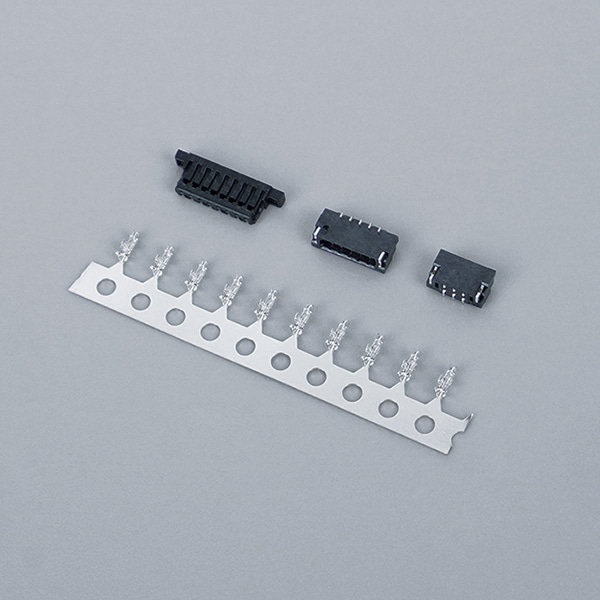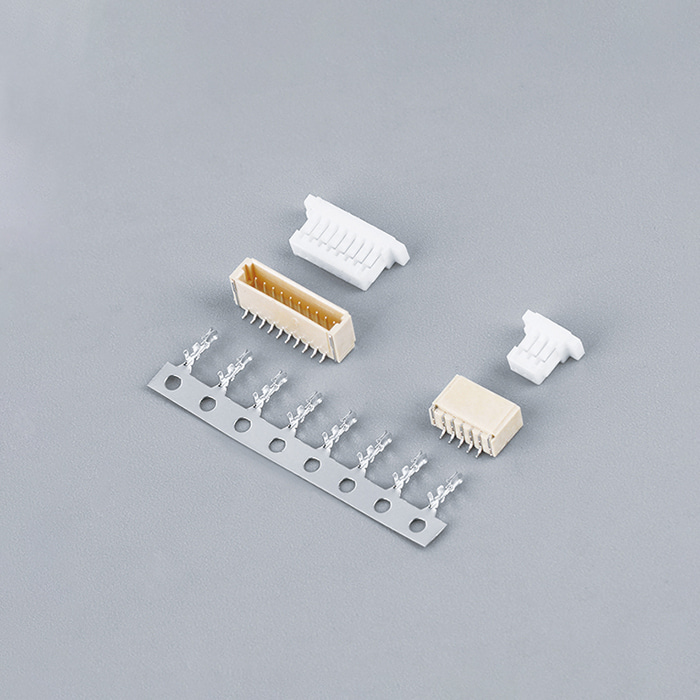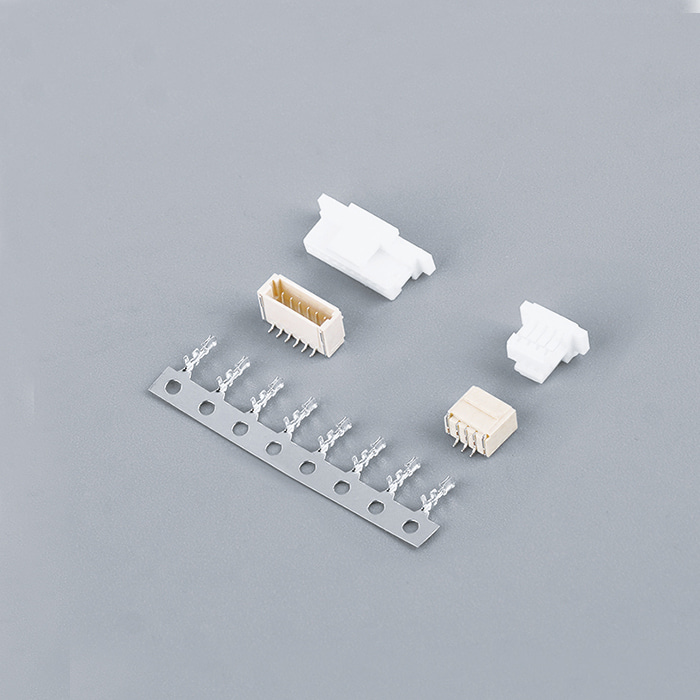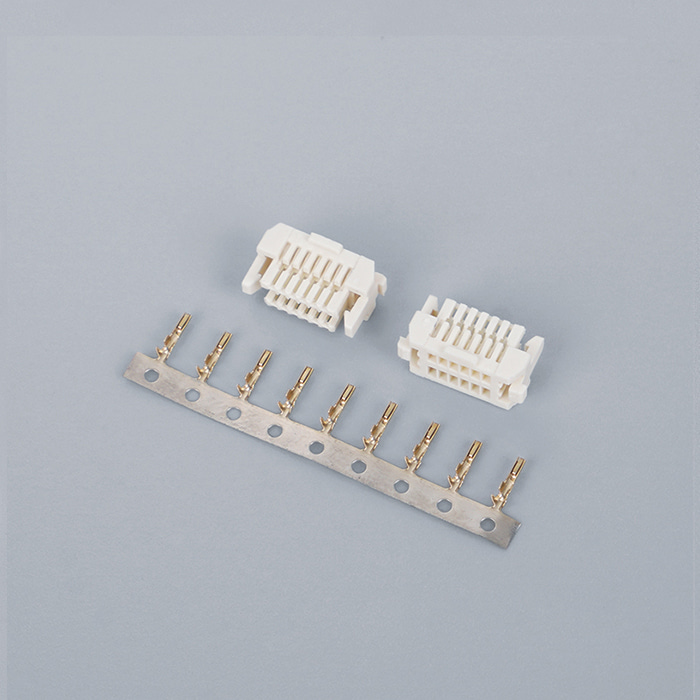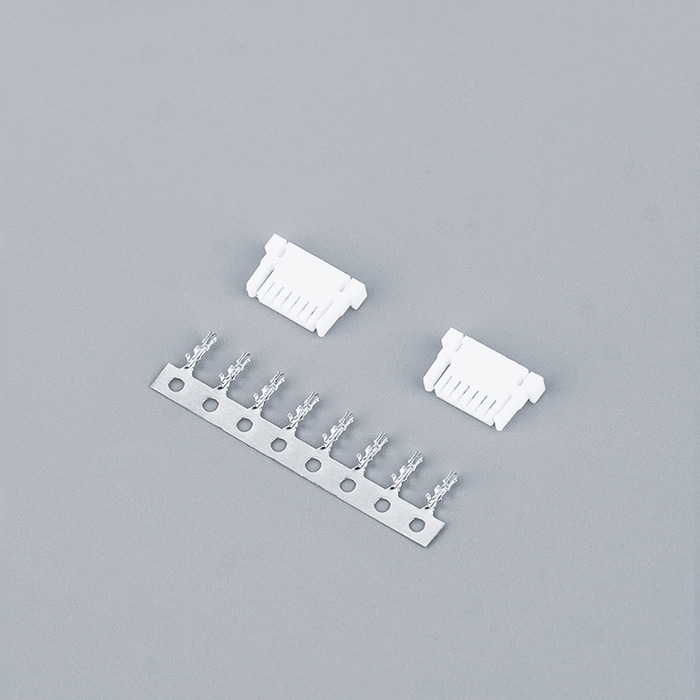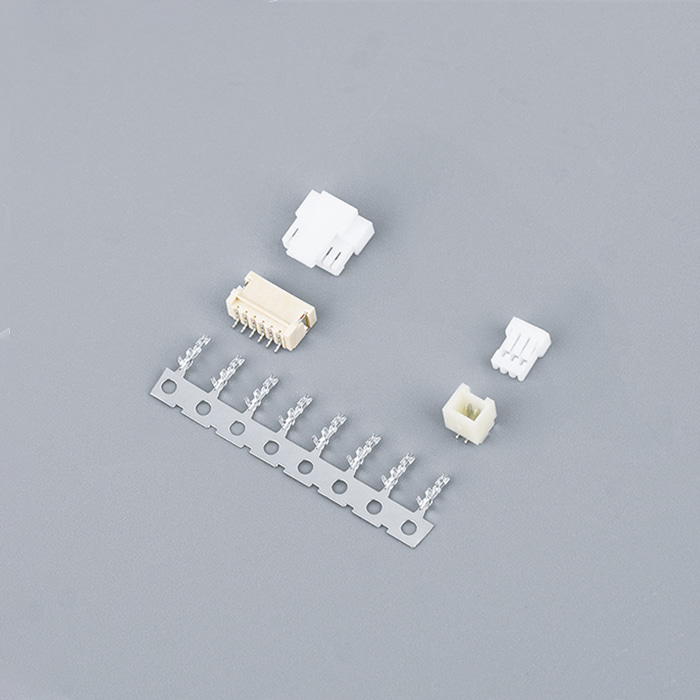- HOME
- ABOUT US
- PRODUCT
- Wire-to-Board Connector
- 0.5mm Pitch Connector
- 0.8mm Pitch Wire-to-Board
- 1.0mm Pitch Wire-to-Board
- 1.25mm Pitch Wire-to-Board
- 1.5mm Pitch Wire-to-Board
- 1.778 mm Pitch Wire-to-Board
- 1.8mm Pitch Wire-to-Board
- 2.0mm Pitch Wire-to-Board
- 2.5mm Pitch Wire-to-Board
- 2.54mm Pitch Wire-to-Board
- 3.96mm Pitch Wire-to-Board
- 4.2mm Pitch Wire-to-Board
- 5.0mm Pitch Wire-To-Board
- Wire-to-Wire Connector
- 1.25mm Pitch Wire-to-Wire
- 1.80mm Pitch Wire-To-Wire
- 2.0mm Pitch Wire-to-Wire
- 2.5mm Pitch Wire-to-Wire
- 2.8mm Pitch Wire-to-Wire
- 3.65mm Pitch Wire-To-Wire
- 3.96mm Pitch Wire-to-Wire
- 4.0mm Pitch Wire-To-Wire
- 4.2mm Pitch Wire-to-Wire
- 4.5mm Pitch Wire-to-Wire
- 6.0mm Pitch Wire-to-Wire
- 6.2mm Pitch Wire-to-Wire
- 8.5mm Pitch Wire-To-Wire
- Auto Connector
- TE Terminals
- FPC Connector
- RAST Series Connector
- Battery Connector
- Other
- Wire-to-Board Connector
- TECHNOLOGY
- FAQ
- NEWS
- CONTACT US

 English
English Español
Español Türk
Türk فارسی
فارسی